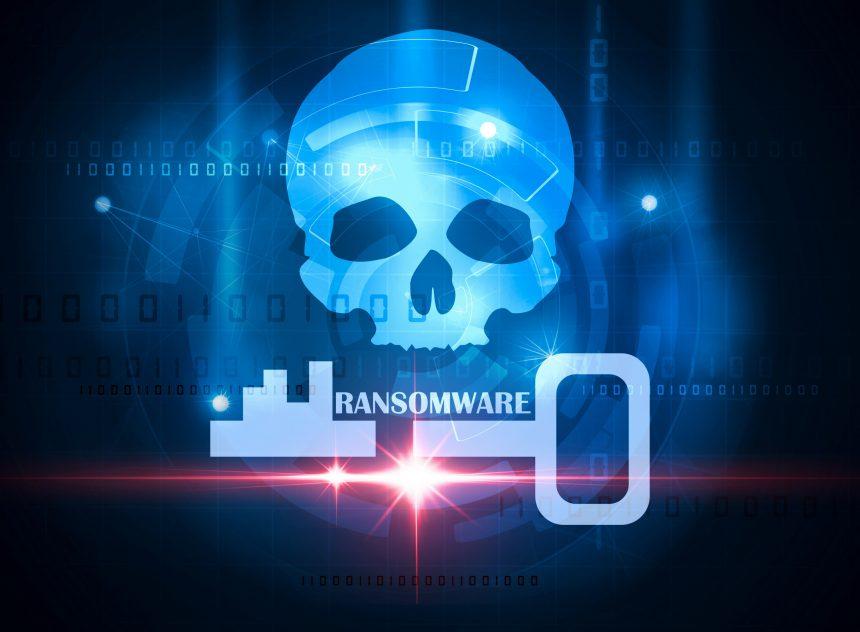Ransomware is a form of malicious software that encrypts files on a victim’s system, rendering them inaccessible until a ransom is paid to the attacker. This type of malware has gained notoriety due to its devastating effects on individuals and organizations alike. Ransomware attacks can lead to significant financial loss, data breaches, and a crippling impact on operations. Understanding the specifics of ransomware, such as how it operates, the threat it poses, and how to protect oneself from it, is essential in today’s digital age.
The Concrete Threat: Destroy Ransomware
A new notable variant of the MedusaLocker ransomware family is Destroy ransomware. This threat is designed to infiltrate a system discreetly and then launch a devastating attack on the user’s files. It typically arrives on a system through phishing emails, malicious downloads, or by exploiting security vulnerabilities. Once installed, Destroy ransomware scans the computer for files to encrypt, often targeting personal documents, images, and other critical data.
Remove annoying malware threats like this one in seconds!
Scan Your Computer for Free with SpyHunter
Download SpyHunter now, and scan your computer for this and other cybersecurity threats for free!
After successfully infiltrating a system, Destroy ransomware executes several harmful actions. It begins encrypting files using strong encryption algorithms, making them unreadable to the user. Common file extensions appended after encryption include .destroy. For example, a document named “Budget2024.docx” might be renamed to “Budget2024.docx.destroy”. The consequences of this malware’s presence can be severe: users may lose access to their important data and face demands for payment, often in cryptocurrency, to recover their files.
The Ransom Note: A Harsh Reminder of the Threat
Once files are encrypted, Destroy ransomware leaves a ransom note on the infected system, typically in the form of a text file. This note outlines the ransom amount required for decryption and provides instructions on how to pay. It often includes threats of permanent data loss if payment is not made within a specified timeframe. This tactic is designed to instill fear and urgency in victims, pressuring them into complying with the attackers’ demands. Destroy ransomware may belong to a broader family of ransomware variants that use similar tactics and encryption methods.
Destroy ransomware’s ransom note “How_to_back_files.html“:
YOUR PERSONAL ID:
–
/!\ YOUR COMPANY NETWORK HAS BEEN PENETRATED /!\
All your important files have been encrypted!
Your files are safe! Only modified. (RSA+AES)
ANY ATTEMPT TO RESTORE YOUR FILES WITH THIRD-PARTY SOFTWARE
WILL PERMANENTLY CORRUPT IT.
DO NOT MODIFY ENCRYPTED FILES.
DO NOT RENAME ENCRYPTED FILES.
No software available on internet can help you. We are the only ones able to
solve your problem.
We gathered highly confidential/personal data. These data are currently stored on
a private server. This server will be immediately destroyed after your payment.
If you decide to not pay, we will release your data to public or re-seller.
So you can expect your data to be publicly available in the near future..
We only seek money and our goal is not to damage your reputation or prevent
your business from running.
You will can send us 2-3 non-important files and we will decrypt it for free
to prove we are able to give your files back.
Contact us for price and get decryption software.
email:
ithelp01@securitymy.name
ithelp01@yousheltered.com
* To contact us, create a new free email account on the site: protonmail.com
IF YOU DON’T CONTACT US WITHIN 72 HOURS, PRICE WILL BE HIGHER.
* Tor-chat to always be in touch:
qd7pcafncosqfqu3ha6fcx4h6sr7tzwagzpcdcnytiw3b6varaeqv5yd.onion
Symptoms of Infection
Identifying a ransomware infection early is crucial. Common symptoms of Destroy ransomware include:
- Inaccessible files: Many of your important files may have unusual file extensions or may not open at all.
- Presence of ransom notes: You may find ransom notes left on your desktop or in affected folders.
- System slowdowns: Your computer may become sluggish or unresponsive due to the ransomware encrypting files in the background.
- Frequent crashes or errors: You might experience unexpected errors or crashes while trying to access your files.
To check if your system is infected with Destroy ransomware, look for the following detection names in your anti-virus software:
- Destroy Ransomware
- Win32/Dangerous.Ransomware
- Ransom:Win32/Destroy
- Trojan:Win32/Ransom
Similar Threats
Ransomware threats continue to evolve, and users should be aware of similar variants they may encounter. These include:
- Cryptolocker
- WannaCry
- Locky
- REvil
Comprehensive Removal Guide for Destroy Ransomware
If you suspect your system is infected with Destroy ransomware, follow these detailed steps to remove it:
- Disconnect from the Internet: Immediately disconnect your computer from the internet to prevent further communication with the ransomware server.
- Boot in Safe Mode:
- Restart your computer.
- Press F8 or Shift + F8 during startup.
- Select Safe Mode with Networking.
- Run a Full System Scan:
- Download a reputable anti-malware tool such as SpyHunter.
- Install the software and update it to the latest definitions.
- Run a complete system scan. SpyHunter will detect and remove Destroy ransomware and its components.
- Restore Your Files:
- Check if you have backups of your encrypted files. If so, restore them from the backup.
- If you do not have backups, refrain from paying the ransom, as this does not guarantee that your files will be restored.
- Remove Remaining Files: After the ransomware is removed, check your system for any leftover files. Navigate to the directories where the ransomware might have stored its components and delete any suspicious files.
- Update Your Security Measures:
- Ensure your operating system and all software are up to date.
- Install a reliable antivirus program to help protect against future threats.
Preventive Measures
To prevent the installation of ransomware like Destroy, consider the following tips:
- Regular Backups: Keep regular backups of your files on an external drive or cloud service.
- Be Cautious with Emails: Do not open email attachments or click on links from unknown sources.
- Use Security Software: Install and regularly update antivirus and anti-malware software.
- Educate Yourself and Others: Stay informed about the latest threats and educate those around you on safe internet practices.
Conclusion
The threat of ransomware, such as Destroy, is ever-present, and awareness is your best defense. By understanding how it operates, recognizing the symptoms of infection, and following the steps outlined above, you can protect your data and reduce the risk of falling victim to this malicious software. For added protection, consider downloading SpyHunter to scan your computer for free and ensure your system remains secure.





